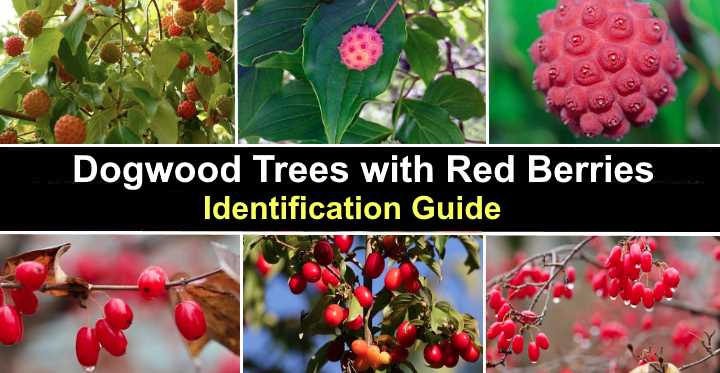Category Archives: Trees
Types of California Palm Trees With Identification (Pictures & Names)

Palm trees are a common sight in the California skyline. Tall, majestic palms with crowns of arching fronds look spectacular against beautiful sunsets along the coast of the Golden State. From the native California palm tree to king palms, slender Mexican fan palms, kentia palms, and date palms, it seems that palm trees are prevalent throughout the state of California.
18 Native Texas Trees (With Pictures) – Identification Guide
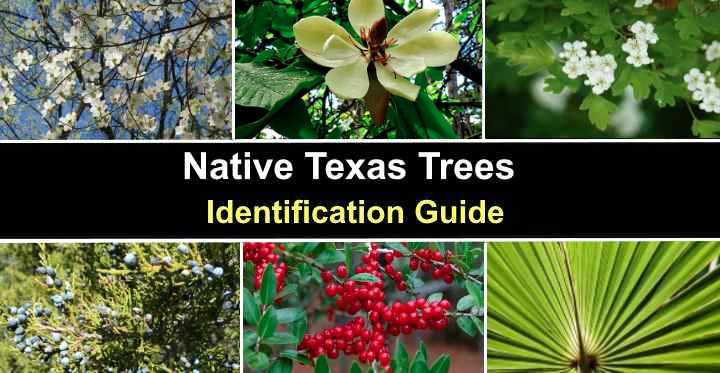
Trees native to Texas are well-suited to growing in hot, dry, and sometimes humid conditions in the Lone Star State. Native Texas trees include deciduous trees, flowering ornamental trees, and tall evergreen trees—ideal for shade throughout the year. Many trees native to the south tolerate extended drought periods and thrive in poor soils. Additionally, some native trees must withstand the freezing winter temperatures of the Texas Panhandle.
Palm Trees Native to Florida (With Pictures) – Identification Guide

Palm trees native to Florida are an iconic feature of the Sunshine State. Native palm trees, with their tall, slender trunks and crowns or arching feather-like fronds, give the skyline of Florida’s tropical coast an exotic appeal. Also Florida has the perfect climate for growing palm trees—abundant rainfall, sandy soils, and year-long sunshine.
Fast Growing Trees For Texas (With Pictures) – Identification Guide
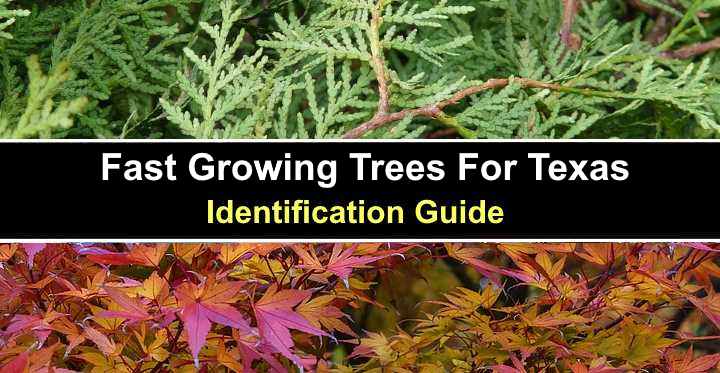
Fast-growing trees for a Texas landscape are perfect for quickly adding height, color, privacy, and shade to your garden. Texas trees with rapid growth typically grow several feet a year until they reach their mature height. And many varieties of trees thrive in the hot, humid, and sometimes dry climates of the Lone Star State.
Texas Flowering Trees (With Pictures) – Identification Guide
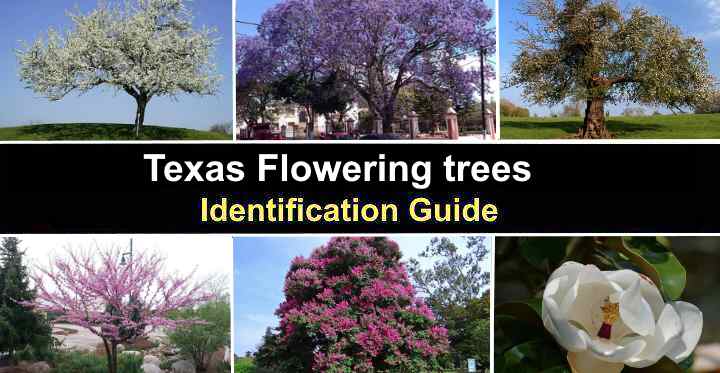
Flowering trees are a great way to add color and beauty to any landscape in Texas. Whether you’re looking for a small tree to fit into a tight space, or a large, showy shade tree, plenty of options are available to plant trees in Texas gardens. Flowering trees native to Texas are suited to the hot, dry, and sometimes humid climate in many parts of the state.
Types of Texas Oak Trees (With Pictures) – Identification Guide

Oak trees in Texas are a common landscape feature. Texas oak trees are not only important shade trees that offer protection from the hot sun and arid climate. But oak trees are also a food source for local wildlife, providing abundant acorns in late summer and the fall. Many varieties of oak trees thrive in Texas, all the way from Amarillo in the north and south to Dallas, Houston, and San Antonio.
Types of Acorn Trees (With Pictures) – Identification Guide
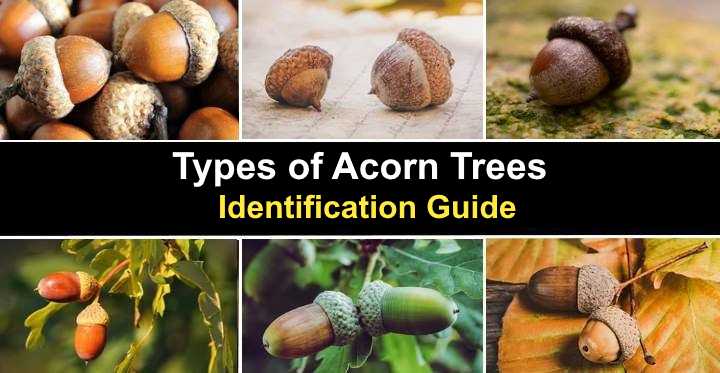
Acorn trees are species of hardwood trees in the genus Quercus — commonly known as oak trees. These acorn-producing trees are easily identified in the landscape due to their characteristic lobed oak leaves, large, spreading canopy, and brown nuts nestling in a small wart cap — the easily recognizable acorns.
Types of Dogwood Trees with Red Berries – Identification Guide (With Pictures)
Types of Tree Seed Pods – Identification Guide With Pictures
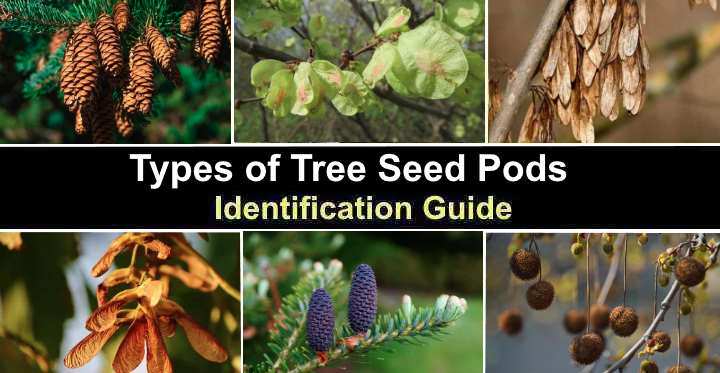
Identifying seed pods is a great way to recognize different species of trees. One of the benefits of using seed pods for tree identification is that you usually find seed enclosures on the ground. This can make it easier to identify a tree species than using the leaf shape. Tree seed pods can be winged, ball-shaped, coniferous cones, papery enclosures, or long slender pods like bean pods.
Weeping Willow Trees: Leaves, Flowers (With Pictures) – Identification and Care Guide

The weeping willow is an easily recognizable tree with its graceful cascading branches, narrowly lanceolate leaves, and finger-like flower clusters. The most common weeping willow tree belongs to the genus Salix, and its botanical name is Salix babylonica. The medium- to large-sized, fast-growing weeping willow trees with their pendulous branches and stout grayish trunks thrive near waterways, ponds, and streams.

